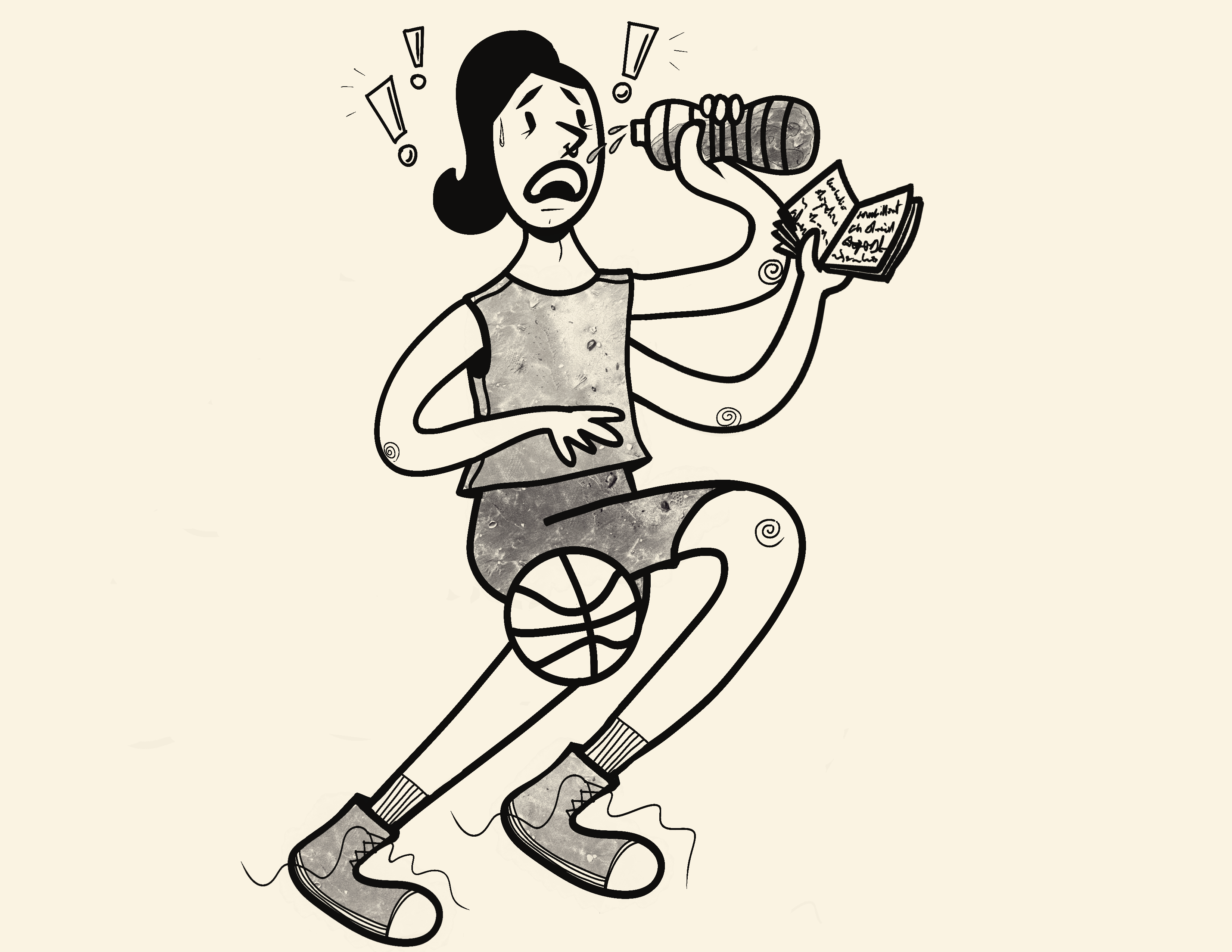Dive into the debate behind this fitness frenzy. If Alix Earle is doing it, we should too… right?
The online wellness community is buzzing as the 75 Hard Challenge continues to garner attention from influencers and fitness enthusiasts worldwide. Created by author and motivational speaker Andy Frisella, this mental toughness program promises life-altering changes over a grueling 75-day period.
However, as the challenge’s hashtag on TikTok gains popularity, boasting more than a billion views since its debut in 2019, a crucial question arises: is it a path to a healthier lifestyle, or does it border on glorified eating disorder behavior?
The challenge lays out six stringent rules that participants must adhere to for 75 consecutive days: maintain a strict diet with no cheat meals, abstain from alcohol, consume a gallon of water daily, complete two 45-minute workouts and read 10 pages of a book each day, and take a daily progress photo. Failure to comply requires restarting the challenge from day one, adding an extra layer of pressure.
I know, right? Exhausting. But influencers across social media are doing this challenge so it must be good for us… right?
Social media “It Girl” Alix Earle’s account has blown up this year, racking in over six million followers on TikTok. On Jan. 2, Alix embarked on her truncated version of the 75 Hard Challenge, which she calls the “30 hard,” sharing to social media that the standard 75 days was too long for her.
After completing the challenge, Earle made it clear that exercising twice a day was draining, and not something she planned to continue in the future.
Skepticism about the practicality and impact of the challenge persists. I spoke to Alexandra Tverdokhleb, a first-year sociology student at Concordia, who first heard of the challenge last year and wanted to give it a go to kickstart a healthy new year.
“I tried to do the 75 Hard Challenge and I think I lasted two days because I realized it was so unrealistic with my lifestyle,” Tverdokhleb said, a sentiment shared by many students with demanding schedules.
I also got to chat with Michelle Itzcovitch, a spin instructor at Le Spin for the past six years. With a decade of experience in the fitness industry, Michelle had plenty to share regarding the 75 Hard Challenge.
Itzcovitch emphasized the importance of fostering a positive mindset in fitness, advocating for exercise as a choice to feel good rather than a restrictive endeavor.
“I don’t want [working out] to be something that we dread or don’t look forward to,” she explained. “I find when you have something that gives you that restrictive mindset like the 75 Hard Challenge, if you don’t meet these standards, it’s like you failed.” She believes the 75 Hard Challenge is “glorified eating disorder behavior.”
Michelle’s opinion is a common one amongst people who criticize the challenge online. Yet the challenge’s reach continues to grow as popular influencers on TikTok and YouTube post about it left, right and center.
Still, the lingering question is: can anyone really tackle the 75 Hard Challenge successfully, or is it all just harmful habits disguised as a health kick?
